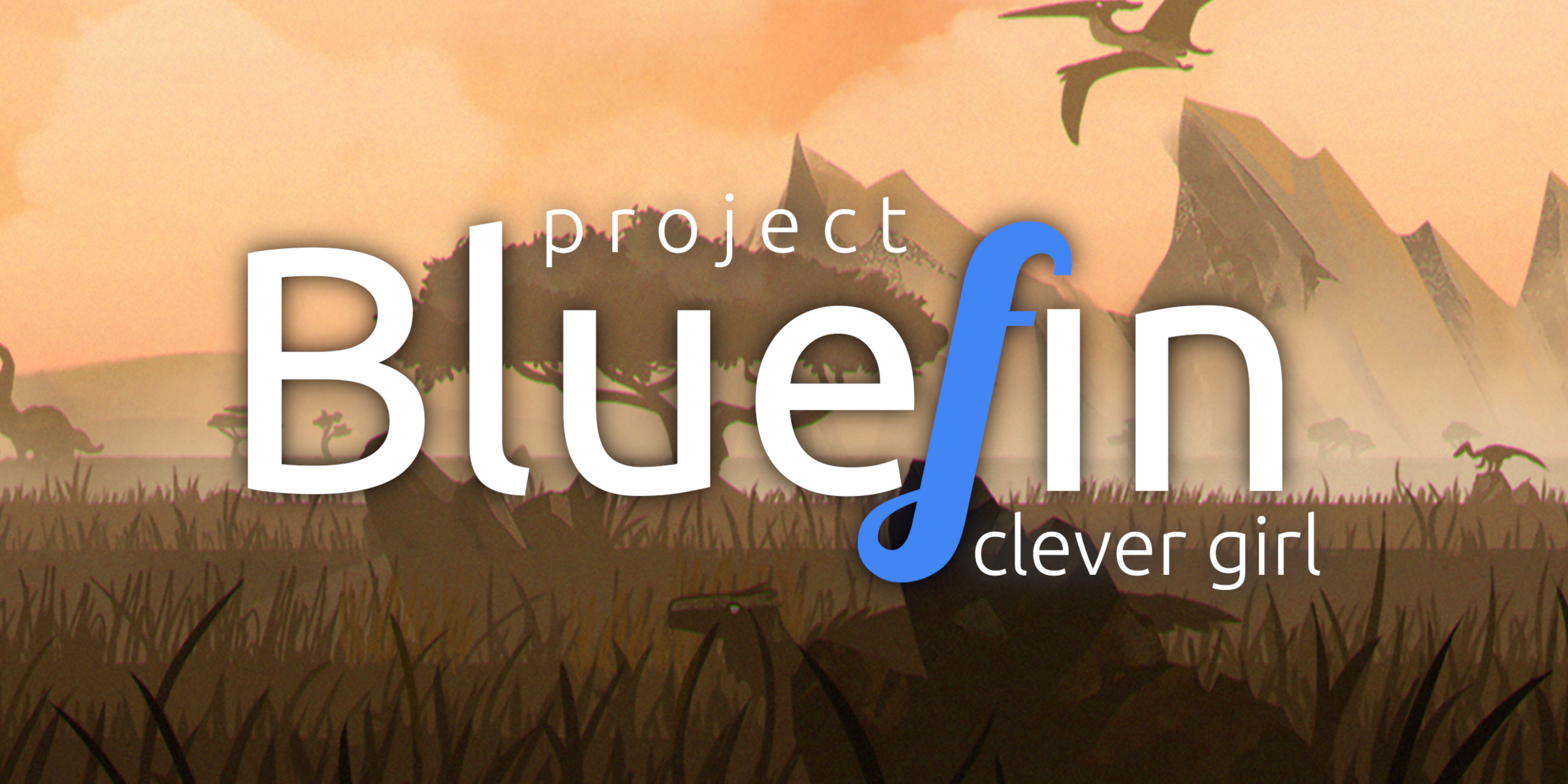

Hey there! And thank you for reading.
Let’s take your example, as a Nomad cluster operator. The Acme Corporation may have a team for provisioning and maintaining this Nomad cluster. The organization wants to give customers the option for self-service. As a Nomad cluster operator on the Nomad team, because you are empowered with agency and visibility, you get to think of creative solutions to the problem of self-service. The billing team? They’re doing that too. And your two teams may collaborate. But the onus is on you to be creative and work within your skillset to best deliver.
Maybe you decide to go sit with the billing team for a week to understand the provisioning flow from the moment a customer presses pay to the automatic creation of a new Nomad cluster. Because you are empowered, you act. You’re happier because you don’t have to go through seven layers of command to be effective.
Does that help?






The original EverQuest theme song was mine. Captured the epic wide-eyed wonder of going on an adventure perfectly.